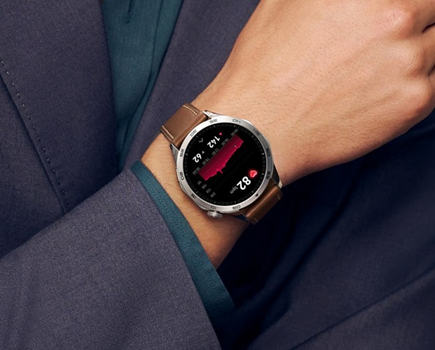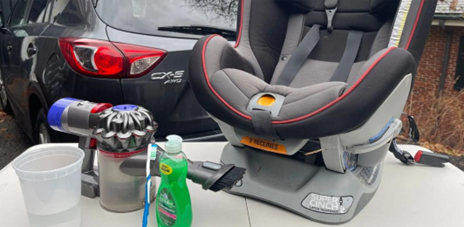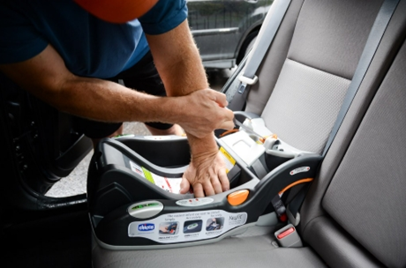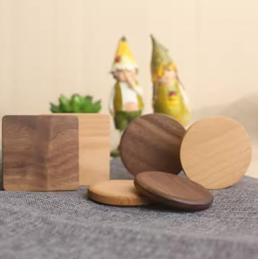A mechanical power system is any collection of equipment that converts mechanical energy into some other form, whether that other form is electrical or mechanical. Power systems are often used to control industrial processes and to propel large machines. Some power systems are fed by the wind, others by hydraulic or pneumatic pressure. Turning and grinding wheels are examples of mechanical power systems. Many forms of mechanical power are generally referred to as mechanical power.
The mechanical power systems found in industries such as shipping, manufacturing, and the construction industry can be classified into three general categories: direct mechanical power systems, which include chain and belt driven units; power pistons; and motor-driven units. Direct mechanical power systems usually consist of a chain or belt assembly. The chain or belt is stretched over a spindle, which is rotated by a shaft. Multiple belts can be arranged to stretch and/or rotate in different directions to provide a variety of motion. Most such systems have an application or a single application, such as rotating or driving a screw or a nut. The chain and belt are usually constructed of steel or other metal, with the exception of the power pistons, which may be constructed of brass, bronze, or titanium.
Rotary motion may be one of the desirable characteristics of a mechanical power system. The most common types of rotary motion are horizontal, vertical, and inclined systems. Horizontal systems use a shaft to transmit power from one component to another, whereas vertical systems use a jackscrew or a similar rotating device to transmit power vertically. In both horizontal and vertical systems, the component being controlled rotates relative to the fixed axis, typically a rotation shaft inside the machine.

The mechanical power system may also use a shaft or a jackscrew to transmit the motion between the source of power and the workpiece. These systems are called rotary or linear machines. The most common example of such a mechanical device is a table saw. Table saws typically have a series of vertically moving cutting tools, each having a stationary position. The sliding cutting device is used to move between these cutting positions using a combination of momentum and a mechanical force.
A number of different types of mechanical devices are available to help the user control the force used by their equipment. Among these devices are gears, belts, and pulleys. Gears, for example, are used to increase the speed and/or force of a machine part, such as a crank shaft or pinion drive.
Gears are used in many power systems. Lower quality gears tend to fail easily, so they are usually expensive. Higher-quality gears, however, are more durable and less likely to fail. High-performance gears can also help reduce waste. For high-performance applications, special bearings must be used in the mechanical design so that there are fewer bearing parts to wear out.
Another important component of a power transmission system is the operation of the output and input controls. Operation of the controls will either transmit mechanical power directly to the appropriate output or send the control signal through a control device, such as an idler or clutch. The transfer of the signal depends on the nature of the control device, which is controlled by the user. Some types of controls are pneumatic, electrical, or hydraulic. Pneumatic units make use of a compressed gas to operate, while electrical and hydraulic control devices are driven by oil or hydraulic fluid.
There are several factors involved in the operation of any mechanical power system. Among these factors are forces, speeds, inputs and outputs, and other factors. Each of these items has a specific function, and no one piece of the system will do all of the necessary jobs. Figuring out the exact functions of each piece is complicated, and it is often necessary to alter the existing design. Therefore, before the final construction of the power output unit (or units), a plan should be drawn up that outlines the operation of all of the major pieces.






